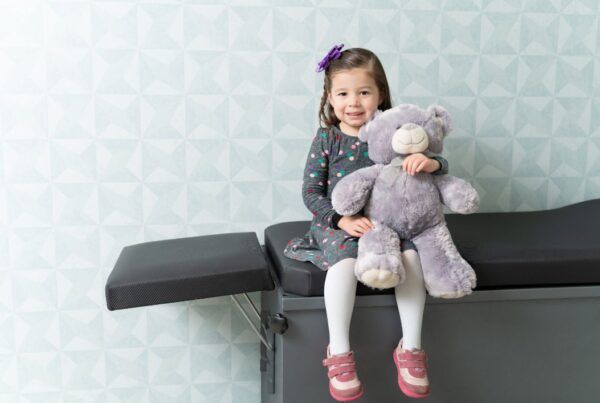by Mick Connors
Concerns for pediatricians continue to rise as more virtual primary care locations sweep the nation. If you’re unfamiliar with this rapid disruption, I would encourage you to either “google” virtual primary care and read any number of articles on the subject.
The interpretation of this trend lies in the details, and how they define their offering. For most, this offering is really an entirely virtual practice that offers 24/7 access to a variety of providers based on the need of the patient. The patient may see a different clinician or a different member of the “care team” each time. For others, it may enable patients to see their provider during regular business hours or other clinicians who provide “after hours” care.
I think the question for traditional pediatric primary care is: how does this affect the future of your practice?
Over the last 10 years, we’ve seen rapid growth and competition from retail clinics, urgent care, and direct-to-consumer telemedicine. Sick visits are declining in primary care, and the challenges are growing, despite telemedicine satisfaction rates.
Pediatricians had to innovate during the pandemic but are now struggling to maintain or scale like those competing around them, including their contracted insurance partners. Aetna, Optum, and Centene are all offering virtual primary care and virtual first care.
So, how should pediatric primary care foster innovation when it comes to virtual care?
My belief is that it starts with deciding whether or not one has adopted a Chik-fil-A or a Starbucks mentality.
Example 1: an airport Starbucks (remember, they don’t have a drive thru or a mobile app to order) where there are often long lines and limited hours. This mentality is a common one among healthcare as clinicians believe strongly that patients can and should wait in line for their order (and their care).
Sentiments we’ve heard among practitioners who are hesitant to innovate include:
“Our coffee (or in a clinician’s view: our care) is so much better than the others that we really don’t need to innovate.”
“Our waiting rooms are full, our lines are long, our phone trees work just fine, so why should I change anything? Those who can’t wait? Well, that’s their problem, and they can go elsewhere.”
“Of course, our practice doesn’t need to be open late or on weekends. Who needs coffee or care then, anyway?”
“We can only take care of one or two folks at a time when you register your order, give us your name and wait for your cup of coffee. We only have two coffee makers, so why take more than two orders, right? “
Now, let’s use example two: Chik-fil-A. They are closed on Sundays and are bustling with service six days a week. When open, customers can order via mobile app, pick up in their restaurants, walk in, or get their order using the drive thru. They have an innovation center that allows them to continually examine their processes and procedures. They also have two drive-thru lines that includes someone guiding the customer on where to go—who is outside taking their electronic order, collecting their payment, and delivering orders. Their staff all have headsets, making sure they are communicating and updating each other on changes, in real time. They also thank their customers for choosing Chik-fil-A and offer them points to track their progress via their easy-to-use mobile app. I bet customers even receive text messages and emails if they haven’t been here in a while!
As you think about your practice and where you stand in when it comes to innovation: are you aligned with more of the airport Starbucks or Chik-fil-A mentality? Here are a few additional questions you should consider:
- How are you innovating to create a more convenient patient experience?
- How do you adapt and scale?
- Are you just adding hours, staff, working harder, and caring for the same number of patients as always?
- Are there new ways of thinking about your process, workflows, technology, and “innovation” that you could actually deliver more care with less fatigue or the feeling of being overwhelmed?
Here is an idea: what if you were open for walk-in sick visits, and it actually saved you and your patients time?
Check out this article from the Institute of Medicine; and stay tuned! We will discuss more on this topic in our next blog.
And, for those who are ready to innovate, reach out to Anytime Pediatrics to discuss how we can help you create a dynamic virtual care, patient experience.
About the Author:
Mick Connors, MD
Co-Founder, Chief Executive Officer of Anytime Pediatrics
Mick Connors, M.D., is passionate about children and improving access to the specialized, high-quality pediatric care they deserve. A currently practicing pediatric emergency physician, he has more than 25 years of clinical and leadership experience. He is a serial innovator and leader in the pediatric space.



